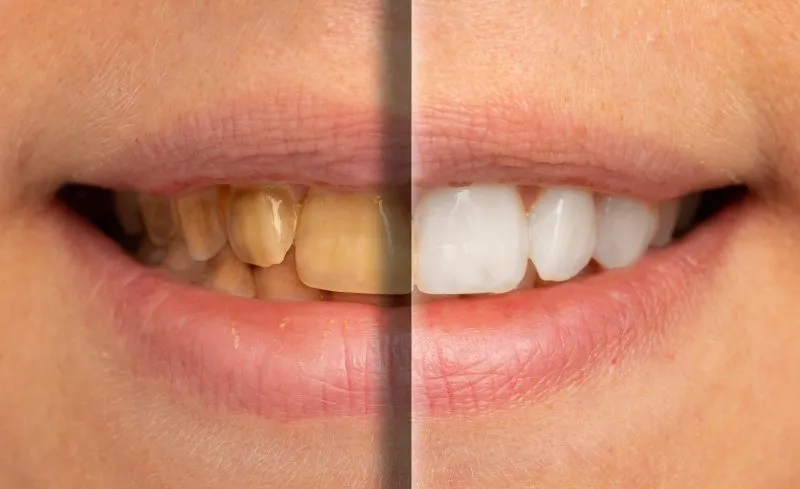Chocolate Stains Teeth After Whitening? Top 5 Facts
Teeth whitening treatments are incredibly popular, offering a quick path to a brighter, more confident smile. However, maintaining that dazzling white can be challenging, especially with the temptation of delicious treats like chocolate. This article dives deep into the relationship between chocolate and teeth whitening, answering the crucial question: Does chocolate stain teeth after whitening? We will explore the science behind staining, provide practical tips for protecting your smile, and reveal the top five facts you need to know to enjoy your favorite treats without compromising your pearly whites. Understanding the impact of what you eat and drink after whitening is essential for long-lasting results. From the types of chocolate that pose the biggest threat to the best practices for oral hygiene, we’ve got you covered.
The Impact of Chocolate on Teeth Whitening
Chocolate, a beloved treat worldwide, can be a double-edged sword when it comes to teeth whitening. The same compounds that give chocolate its rich flavor and color can also contribute to staining, particularly on teeth that have undergone whitening treatments. The porous nature of enamel after whitening makes it more susceptible to absorbing pigments from food and drinks. This is why it is crucial to be mindful of your dietary choices during and after the whitening process. It’s not about completely eliminating chocolate from your life; it’s about understanding the risks and making informed choices to protect your investment in a brighter smile. Choosing the right type of chocolate, timing your consumption strategically, and maintaining impeccable oral hygiene are key strategies.
Why Chocolate Can Stain Teeth
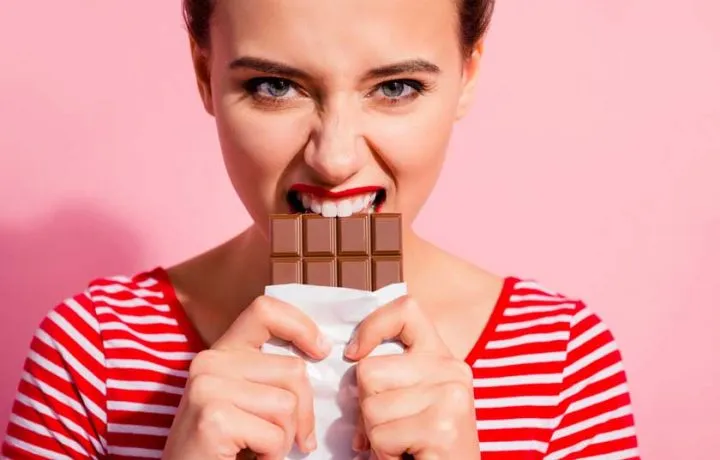
The staining potential of chocolate stems from several factors, including the presence of chromogens and the acidity levels of the product. Chromogens are intense, colorful pigments that easily adhere to tooth enamel. When you consume chocolate, these chromogens can latch onto the surface of your teeth, leading to discoloration. Furthermore, the acidity of chocolate, particularly in dark varieties, can erode the enamel, making it even more vulnerable to staining. This is because the enamel’s porous structure expands slightly when exposed to acids, allowing the chromogens to penetrate more effectively. Understanding these elements is vital to creating a strategy to protect your smile from chocolate stains.
The Role of Chromogens in Staining
Chromogens are the villains in the story of chocolate and teeth whitening. These vibrant compounds are responsible for the rich colors found in chocolate. When you eat chocolate, these chromogens come into direct contact with your teeth. If your teeth have recently been whitened, the enamel is more porous and therefore more susceptible to staining. The chromogens seep into these tiny pores, causing the teeth to become discolored over time. The higher the concentration of chromogens in the chocolate, the greater the potential for staining. Dark chocolate, with its higher cocoa content, often contains more chromogens than milk chocolate, making it a bigger threat to your whitened smile. Therefore, being aware of this and choosing your chocolate wisely is very important.
How Acidity Impacts Staining
The acidity level of chocolate also plays a significant role in its staining potential. Acidic foods and drinks can erode tooth enamel, making it more susceptible to staining. When enamel is eroded, its surface becomes rougher and more porous, providing more areas for chromogens to latch on. Dark chocolate, in particular, tends to have higher acidity levels than milk chocolate. This means that consuming dark chocolate after teeth whitening could potentially lead to faster staining. The combination of chromogens and acidity creates a double whammy, increasing the risk of your newly whitened teeth losing their brilliance. Therefore, it is very important to rinse your mouth with water after eating acidic foods, like dark chocolate, to mitigate the effects of the acid.
Top 5 Facts About Chocolate and Teeth Whitening
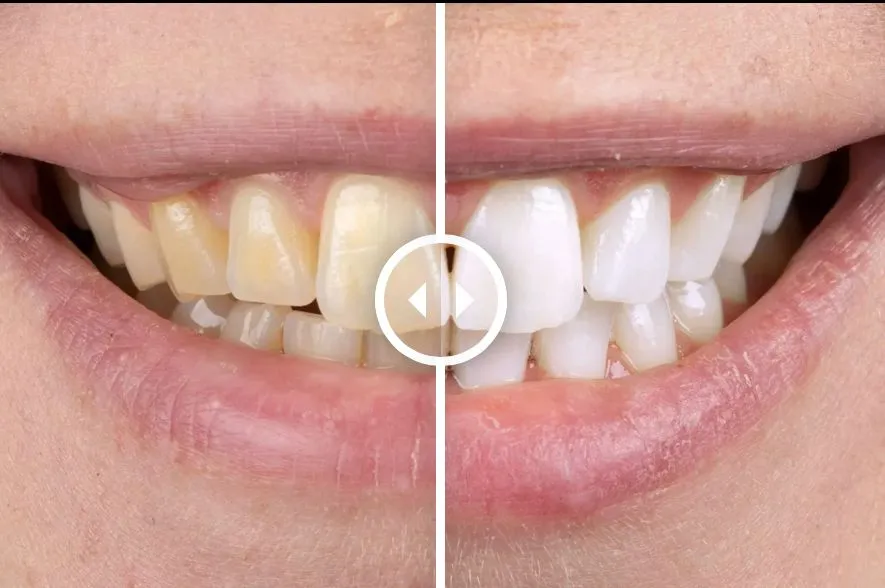
Fact 1 Chocolate’s Staining Potential
All types of chocolate have some staining potential, but the intensity varies. Dark chocolate, with its higher cocoa content and chromogen concentration, poses a greater risk than milk or white chocolate. Even seemingly innocuous white chocolate can contain ingredients that may contribute to staining. The degree of staining depends on several factors, including the enamel’s porosity, the duration of contact, and your oral hygiene routine. It’s crucial to recognize that regular consumption of chocolate, especially dark chocolate, can diminish the results of your teeth whitening treatment over time. This means it’s not only about the immediate stain, but also the cumulative impact of chocolate on the appearance of your teeth.
Fact 2 Types of Chocolate to Avoid
To protect your whitened teeth, you should be very mindful of your chocolate choices. Dark chocolate is at the top of the list of chocolates to be careful with. It contains high levels of cocoa and chromogens, which contribute significantly to staining. Milk chocolate is often a safer option due to its lower cocoa content. However, it’s still wise to consume it in moderation. Surprisingly, white chocolate is not entirely safe either. Although it doesn’t contain cocoa, it can still have additives and sugars that could indirectly impact the brightness of your teeth. Consider the ingredients and choose options with fewer additives and less sugar to minimize potential staining. If you’re looking for a sweet treat, consider alternatives with less staining potential.
Fact 3 Timing Your Chocolate Consumption
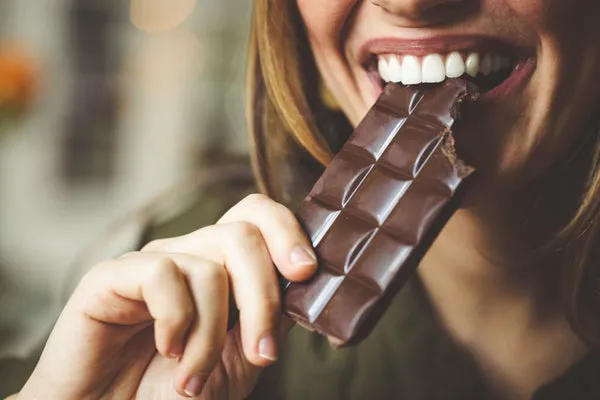
The timing of your chocolate consumption can significantly influence its impact on your whitened teeth. The first few days after a teeth whitening treatment are the most critical. During this period, the enamel is highly porous, making it very vulnerable to staining. Avoid chocolate entirely during this period to prevent staining. After this initial phase, try to consume chocolate in moderation and preferably not immediately after whitening. If you do indulge, make sure to brush your teeth or rinse your mouth with water soon after. Also, spacing out your chocolate consumption can help. This is not about completely sacrificing chocolate; it’s about strategic consumption that will help you keep your beautiful smile.
Fact 4 Oral Hygiene After Eating Chocolate
Proper oral hygiene is essential for protecting your teeth from chocolate stains. Immediately after eating chocolate, brush your teeth thoroughly with a whitening toothpaste to remove any lingering chromogens and food particles. If brushing isn’t possible, rinse your mouth vigorously with water to help dislodge any residue. Chewing sugar-free gum can also stimulate saliva production, which naturally cleanses the mouth. Regular dental checkups and professional cleanings will help to remove surface stains and keep your teeth looking their best. Remember, consistent oral hygiene habits are key to maintaining the results of your teeth whitening treatment. Additionally, consider using a straw when drinking beverages to minimize contact with your teeth.
Fact 5 Professional Whitening vs. Chocolate
Professional teeth whitening treatments are a more powerful and effective way to achieve dramatic results compared to over-the-counter products. Your dentist can use stronger whitening agents and techniques that are not available at home, ensuring a brighter and more even smile. However, even with professional whitening, your teeth remain susceptible to staining from chocolate and other foods. The best approach is to combine professional treatments with mindful eating habits and diligent oral hygiene. Discuss your diet and lifestyle with your dentist to create a personalized plan to maintain your results. Professional maintenance and good habits work together to deliver the best and longest-lasting results, allowing you to enjoy a bright smile for years to come.
Tips for Protecting Your Whitened Teeth
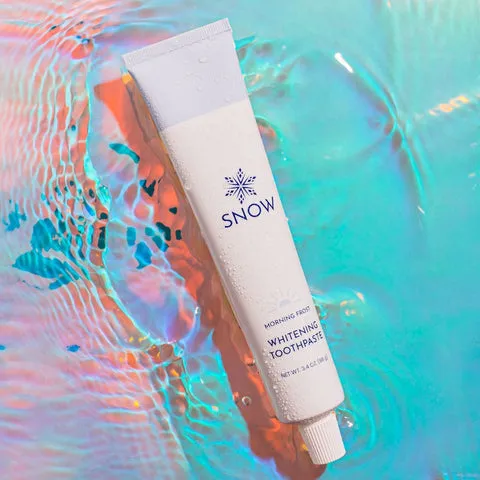
Foods and Drinks to Avoid or Limit
Beyond chocolate, several other foods and drinks can stain your teeth. Coffee, tea, red wine, berries, and dark sauces all have the potential to discolor your smile. Minimize your consumption of these items, especially in the days immediately following a whitening treatment. When you do indulge, consider drinking through a straw to reduce contact with your teeth. After consuming staining foods and drinks, rinse your mouth with water or brush your teeth as soon as possible. A balanced diet with plenty of water and calcium-rich foods can help to maintain strong, healthy teeth. Being mindful of your dietary choices is the first step in protecting your investment in teeth whitening.
Maintaining a Bright Smile Long-Term
Maintaining a bright smile requires a consistent commitment to good oral hygiene and mindful eating habits. Brush your teeth at least twice a day with a whitening toothpaste, and floss daily to remove plaque and food particles. Regular dental checkups and professional cleanings are essential for removing surface stains and detecting any potential issues. Consider using a whitening mouthwash to further brighten your smile and protect against stains. If you notice any discoloration, consult your dentist for professional advice. Remember, a bright smile is a combination of professional care and consistent self-care. Following these steps will help you maintain your beautiful, confident smile long after your teeth whitening treatment.
Consulting Your Dentist

Your dentist is your best resource for personalized advice on maintaining a bright smile. During your next checkup, discuss your teeth whitening treatment and any concerns about staining. Your dentist can offer guidance on the best oral hygiene practices, recommend appropriate products, and suggest professional maintenance treatments. They can also assess the health of your teeth and gums and address any underlying issues that could affect your smile. Regular dental checkups not only keep your teeth clean but also ensure you receive the latest information and care. Your dentist can also provide advice tailored to your individual lifestyle, helping you to enjoy your favorite foods while keeping your smile bright and beautiful. Don’t hesitate to seek professional advice.
